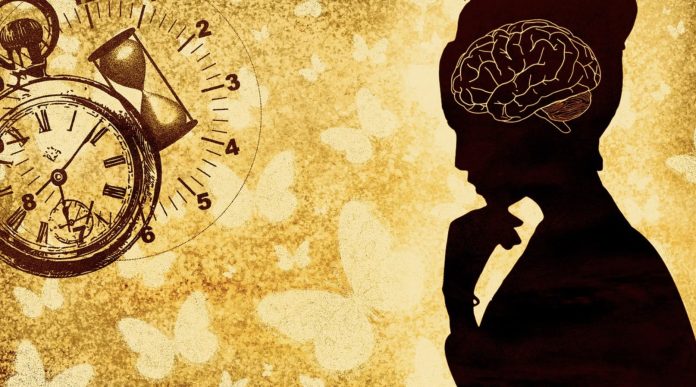Depression is a debilitating mental health condition that affects millions of individuals worldwide. While antidepressants can be effective in treating depression for many people, some still remain unresponsive to medication. When patients do not respond to conventional antidepressant medication, it is known as treatment-resistant depression (TRD).
Table of Contents
Why is Treatment Resistant Depression a Serious Problem?
TRD is a significant challenge that can leave patients feeling frustrated and hopeless. However, there are varying degrees of treatment resistance, with low-level TRD potentially responding to a different class of antidepressants or a higher medication dosage. Medium-level TRD may require a combination of medication, therapy, and lifestyle changes such as exercise and nutrition. For high-level TRD, there are alternative forms of treatment, such as Deep Transcranial Magnetic Stimulation (Deep TMS™).
Deep TMS™ is a newer version of traditional TMS that uses electromagnetic fields to regulate the neural activity of brain structures associated with the targeted mental health condition. The treatment targets structures such as the bilateral prefrontal cortex and dorsolateral prefrontal cortex, which are associated with depression.
How Deep TMS™ Works: From the Tech Side of Things
By generating electromagnetic fields, Deep TMS™ therapy creates a more stable rhythm of activation within these neural structures, which can alleviate the frequency and severity of depression symptoms, ultimately leading to improved well-being.
One of the major advantages of Deep TMS™ therapy is its non-invasive nature, which allows it to be combined with other forms of treatment, such as psychopharmacology, to improve the overall effectiveness of the treatment regimen.
A full-length Deep TMS™ treatment session typically lasts for 20 minutes, while the newer theta burst Deep TMS™ treatment for depression lasts for only three minutes. In addition, the treatment is divided into two phases: an acute phase with four weeks of daily sessions, followed by a continuation phase with two sessions per week over 8-12 weeks.
Many patients report experiencing significant improvements in their well-being within three weeks of their initial Deep TMS™ therapy session. Furthermore, since the treatment does not require anesthesia or a lengthy recovery period, it can be easily incorporated into the patient’s daily schedule and allows them to drive themselves to and from each treatment session.
For patients who have tried multiple forms of treatment for depression without success, Deep TMS™ offers fresh new hope. Unlike medication or psychotherapy, Deep TMS™ targets the neural structures that are associated with depression directly, which can provide relief for those who have not responded to other treatments.
Deep TMS™ has been clinically proven to be effective, making it a viable option for those who have struggled with treatment-resistant depression. Additionally, the treatment is non-invasive and has no known significant adverse effects, making it a safe option for most patients.
Levels of TRD and Applicable Treatments
There are varying degrees of treatment resistance, with low-level TRD potentially responding to a different class of antidepressants or a higher medication dosage. Medium-level TRD may require a combination of medication, therapy, and lifestyle changes such as exercise and nutrition. For high-level TRD, there are alternative forms of treatment, such as Deep Transcranial Magnetic Stimulation (Deep TMS™).
Deep TMS™ is a newer version of traditional TMS that uses electromagnetic fields to regulate the neural activity of brain structures associated with the targeted mental health condition. The treatment targets structures such as the bilateral prefrontal cortex and dorsolateral prefrontal cortex, which are associated with depression.
By generating electromagnetic fields, Deep TMS™ therapy creates a more stable rhythm of activation within these neural structures, which can alleviate the frequency and severity of depression symptoms, ultimately leading to improved well-being. One of the major advantages of Deep TMS™ therapy is its non-invasive nature, which allows it to be combined with other forms of treatment, such as psychopharmacology, to improve the overall effectiveness of the treatment regimen.
Depression is a downer, that’s for sure, but it’s not a hopeless situation. Thanks to groundbreaking technologies and new treatments, hope is at hand. If you or a loved one is struggling with treatment-resistant depression, new age therapies are worth exploring. With its clinically proven effectiveness, Deep TMS™ can be combined with other forms of treatment, as a powerful tool in the fight against treatment-resistant depression.




